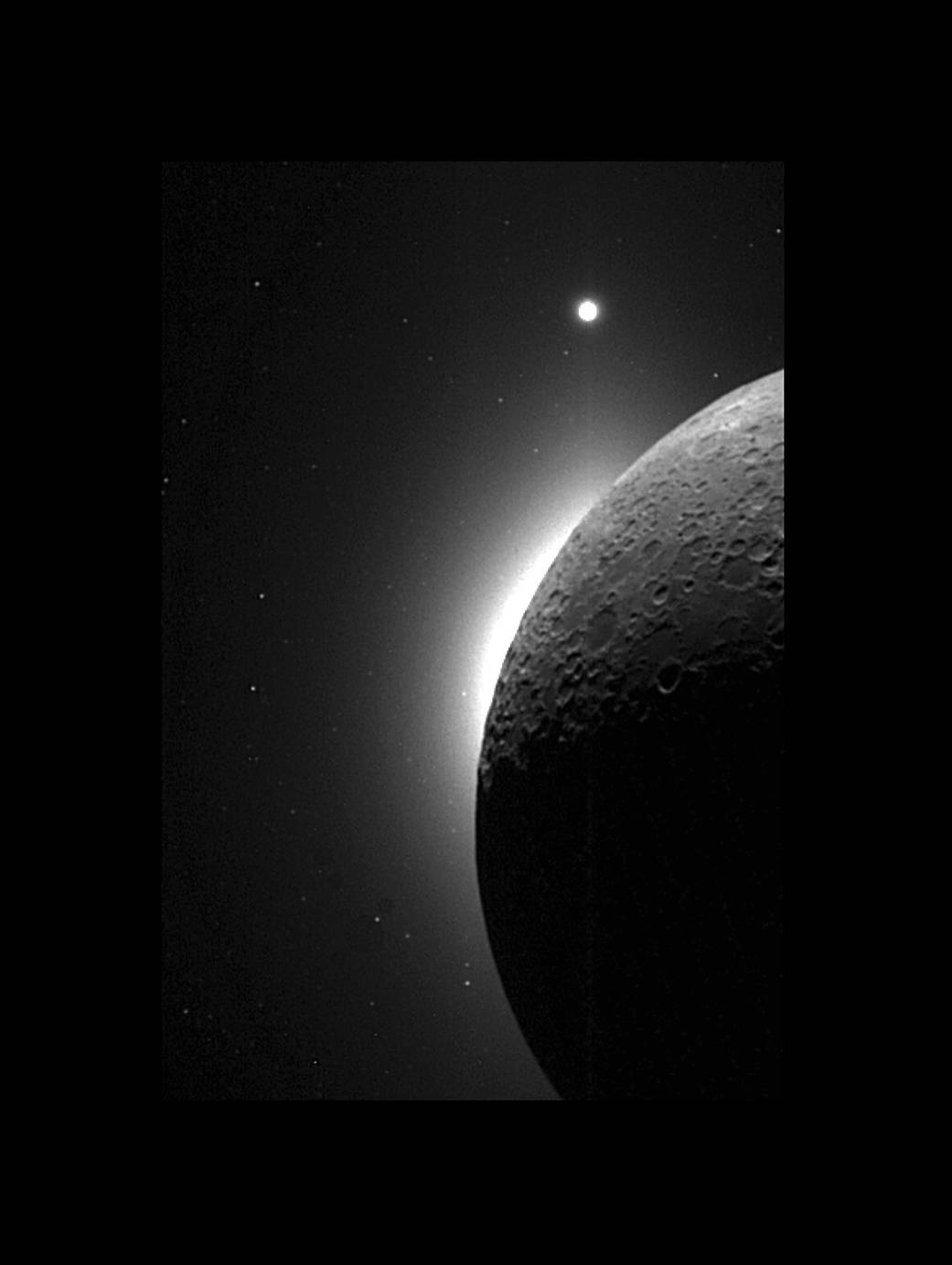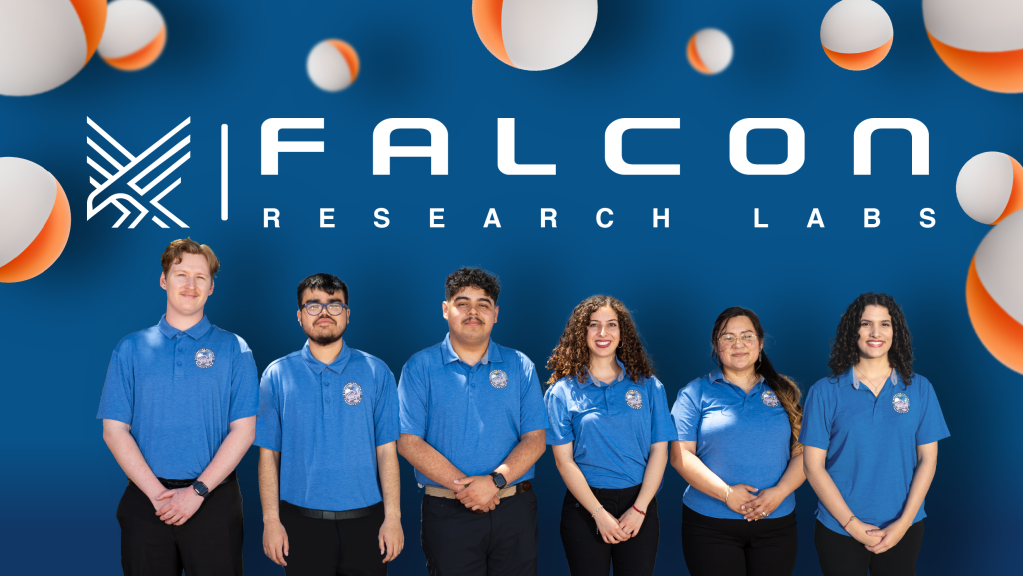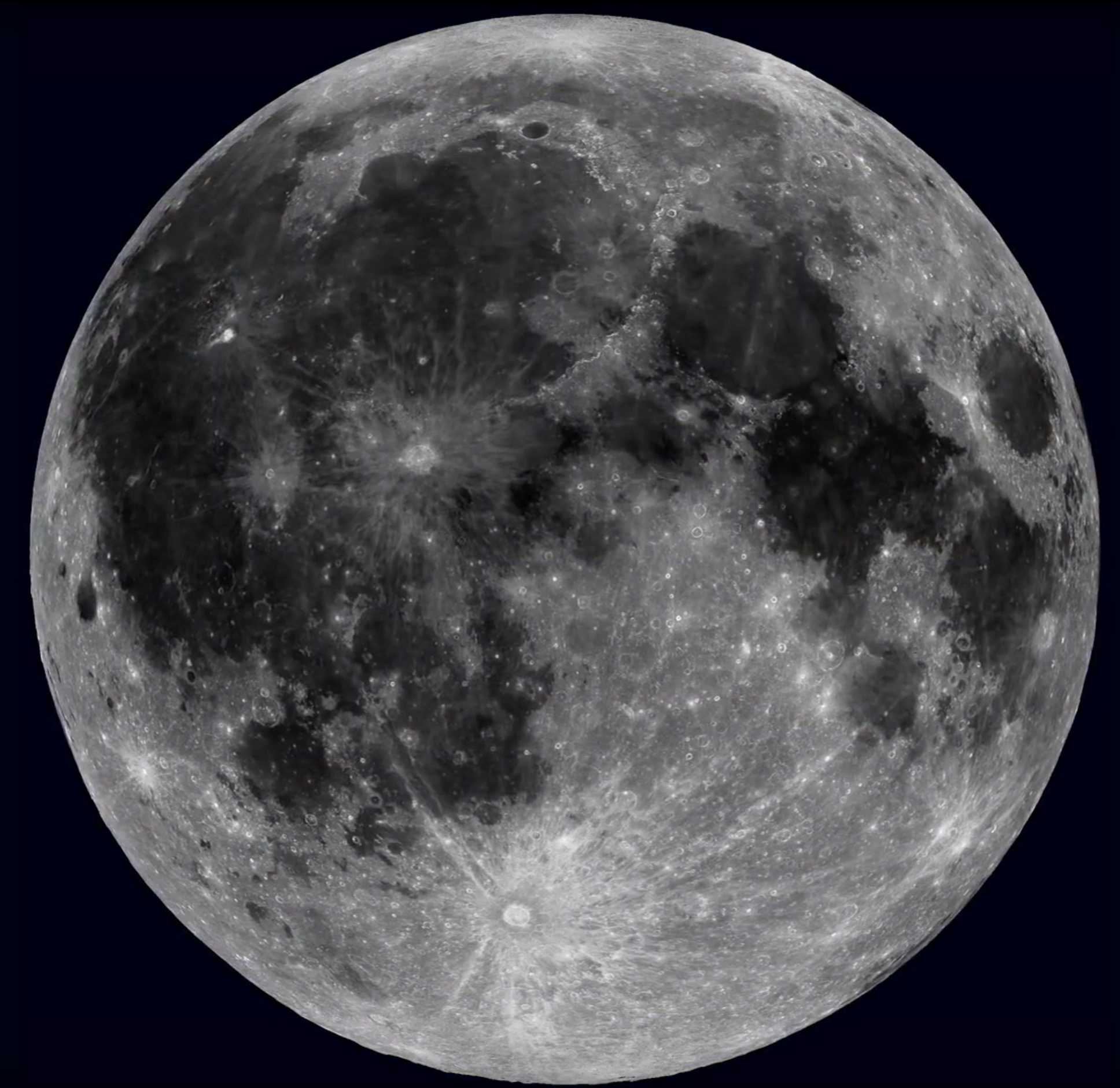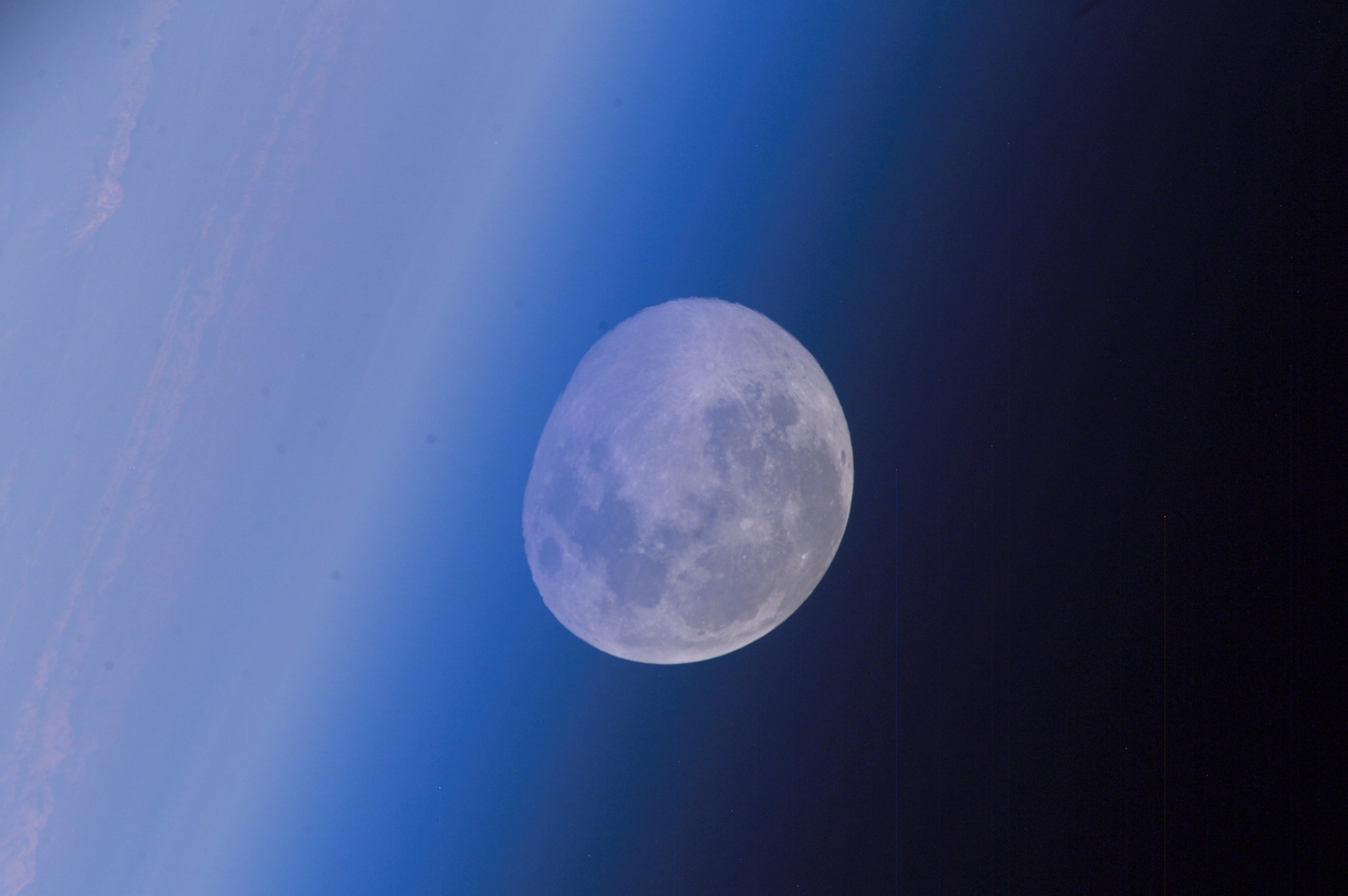Lunar Surface Instrument and Technology Payloads (LSITP)
In preparation for sending humans to Mars for the first time, NASA’s Artemis program will send astronauts back to the Moon by 2024. Twelve new science and technology payloads have been selected as part of this program that will help us study the lunar surface.
The selected investigations will go to the Moon on future flights through NASA’s Commercial Lunar Payload Services (CLPS) project. The CLPS project allows rapid acquisition of lunar delivery services for payloads like these that advance capabilities for cutting-edge innovations in science, exploration, and commercial development of the Moon. Many of the new selections incorporate existing hardware, such as parts or models designed for missions that have already flown. Seven of the new selections are focused on answering questions in planetary science or heliophysics, while five will demonstrate new technologies. Each supports scientific and human exploration objectives, and many have broader applications for Mars and beyond.
NASA’s lunar exploration plans are based on a two-phase approach: the first is focused on speed – landing astronauts on the Moon by 2024 – while the second will establish a sustained human presence on the Moon by 2028. The agency will use what we learn on the Moon to prepare for the next giant leap – sending astronauts to Mars.
The selected investigations are:
The Lunar Surface Electromagnetics Experiment (LuSEE)
LuSEE will integrate flight-spare and repurposed hardware from the NASA Parker Solar
Probe FIELDS experiment, the STEREO/Waves instrument, and the MAVEN mission to
make comprehensive measurements of electromagnetic phenomena on the surface of
the Moon.
The Lunar Magnetotelluric Sounder
The Lunar Magnetotelluric Sounder is designed to characterize the structure and
composition of the Moon’s mantle by studying electric and magnetic fields. The
investigation will make use of a flight-spare magnetometer, a device that measures
magnetic fields, originally made for the MAVEN spacecraft, which is currently orbiting
Mars.
The Lunar Instrumentation for Subsurface Thermal Exploration with Rapidity (LISTER)
LISTER is an instrument designed to measure heat flow from the interior of the Moon.
The probe will attempt to drill 7 to 10 feet (2 to 3 meters) into the lunar regolith to
investigate the Moon’s thermal properties at different depths.
The Lunar Interior Temperature and Materials Suite (LITMS)
LITMS is a payload suite that consists of the Lunar Magnetotelluric Sounder (LMS) and
the Lunar Instrumentation for Subsurface Thermal Exploration with Rapidity (LISTER).
For LITMS, LISTER remains a near-replica of its LSITP implementation. LMS is now a
“virtual” instrument, comprising the Lunar Telluric Currents (LTC) instrument derived
from LSITP but operating in concert with the LuSEE instrument, a separate payload on
the mission.
The Farside Seismic Suite (FSS)
FSS will deliver two seismometers (both flight-proven through the InSight mission to
Mars) to the Schrödinger Crater. The vertical Very BroadBand seismometer is the most
sensitive flight-ready seismometer ever built, while the Short Period (SP) sensor is the
most sensitive and mature compact triaxial sensor available for space application.
Packaged as a self-sufficient payload, with independent power, communications and
thermal control allowing overnight survival, FSS will outlive the lander, and provide
seismic measurements for approximately three months beyond the life of the lander and
other payloads.
The Lunar Surface Electromagnetics Experiment at Night (LuSEE Night)
LuSEE Night is a follow-on to LuSEE and partners with the Department of Energy
(DOE) to aim to make pathfinding measurements of the redshifted 21-cm absorption
signals imprinted during the earliest portion of the dark-ages when the cosmic
microwave background first started free-streaming through neutral hydrogen. These
observations can only be made away from the radio-dark atmosphere, and out of sight
of the radio-loud surface of the Earth. LuSEE Night will land and operate on the far-side
of the Moon with standalone operations through the Lunar night
Mission 19D: (NGLR, LEXI, RadPC, RAC, LPV)
Launch date: November 2024
Next Generation Lunar Retroreflectors (NGLR)
NGLR will serve as a target for lasers on Earth to precisely measure the Earth-Moon
distance. They are designed to provide data that could be used to constrain various
aspects of the lunar interior and address questions of fundamental physics.
The Lunar Environment heliospheric X-ray Imager (LEXI)
The LEXI instrument is a telescope designed to capture images of the interaction of
Earth’s magnetosphere with the flow of charged particles from the Sun, called the solar
wind. The telescope observes these interactions thought the observation of
wavelengths in the soft X-ray region of the spectrum and will allow the team to
understand the interactions between Earths magnetosphere and the charged particles
from the sun. Are the interactions temporarily continuous or more randomly high and
low. The planned observations will help to answer questions about the fundamental
dynamics and coupling of the Earths magnetosphere in response to solar inputs.
RadPC
RadPC (formerly Lunar Demonstration of a Reconfigurable, Radiation Tolerant
Computer System) aims to demonstrate a radiation-tolerant computing technology. Due
to the Moon’s lack of atmosphere and magnetic field, radiation from the Sun will be a
challenge for electronics. This investigation also will characterize the radiation effects on
the lunar surface.

Regolith Adherence Characterization (RAC) Payload
RAC will determine how lunar regolith sticks to a range of materials exposed to the
Moon’s environment at different phases of flight. Components of this experiment are
derived from the Materials International Space Station Experiment (MISSE) – a
commercial payload facility – currently on the International Space Station.
Lunar PlanetVac (LPV)
LPV is designed to collect regolith samples from the Lunar surface using a burst of
compressed gas to drive the regolith into a sample chamber (sieving) for collection and
analysis by various instruments and then transmitting the results back to earth. This
mission is designed to demonstrate pneumatic sample collection and support NASA’s
plan for sample collection and return abilities for future missions.
Mission CP11: (LVx)
Launch date: November 2025
Lunar Vertex (LVx)
The LVx suite (5 instruments) will investigate the mysterious lunar swirl area in the
Reiner Gamma region the moon. Measuring the strength and direction of the magnetic
fields as well as the ion and electron flux in the area. The suite consists of 3 lander
instruments (magnetometer, cameras, and ion spectrometer) and a mobile rover
carrying a magnetometer and multispectral microscope. The investigation is applicable
to other solar system planetary bodies in the areas of planetary magnetism and airless
body surface processes.
DIMPLE
The goals of the DIMPLE (Dating an Irregular Mare Patch with a Lunar Explorer) mission are to determine the age and origin of the irregular mare patch (IMP) known as Ina. Ina consists of smooth “mounds” amid lower-lying rough terrain. The central mystery of Ina is its scarcity of visible impact craters, suggesting that it is exceptionally young.
The Lunar Compact InfraRed Imaging System (L-CIRiS)
L-CIRiS is targeted to deploy a radiometer, a device that measures infrared
wavelengths of light, to explore the Moon’s surface composition, map its surface
temperature distribution, and demonstrate the instrument’s feasibility for future lunar
resource utilization activities.

Lunar Advanced Filter Observing Radiometer for Geologic Exploration (LAFORGE)
The science objectives of the LAFORGE investigation focus on understanding the lunar
surface thermal environment, detailed mapping and characterization of cold traps where
volatiles may be stable, constraining the physical properties of the surface regolith and
rocks, and investigating relative differences in composition and soil maturity.
Lunar Explorer Instrument for space biology Applications (LEIA)
LEIA is a space biology payload that will perform autonomous biological experiments on
a set of model organisms to reveal the effects of lunar surface radiation on biology. The
LEIA biological payload subassembly is a radiation biosensor using model organisms to
gauge the genetic DNA damage and repair caused by lunar radiation, and a radiation
dosimeter that will help correlate genetic damage to the radiation environment.
SAMPLR: Sample Acquisition, Morphology Filtering, and Probing of Lunar Regolith
SAMPLR is a sample acquisition technology that will be used to explore Earth’s Moon
by acquiring samples and determining the geotechnical properties of lunar regolith.
SAMPLR will be the first robotic arm on the Moon in more than 50 years.
Heimdall
Heimdall is a flexible camera system intended to model the properties of the Moon’s
regolith – the soil and other material that makes up the top later of the lunar surface –
and characterize and map geologic features, as well characterize potential landing or
trafficability hazards, among other goals. This innovation for commercial vehicles
includes a single digital video recorder and four cameras: a wide-angle descent imager,
a narrow-angle regolith imager, and two wide-angle panoramic imagers.
MoonRanger
MoonRanger is a small, fast-moving rover that has the capability to drive beyond
communications range with a lander and then return to it. This will enable investigations
within a 0.6-mile (1 kilometer) range from the lander. MoonRanger will aim to continually
map the terrain it traverses and transmit data for future system improvement.
L-VISE
The Lunar Vulkan Imaging and Spectroscopy Explorer (Lunar-VISE) determines the
composition and rock type of the Gruithuisen domes, placing critical constraints on their
formation mechanism. The 10-day science investigation uses straightforward rover and
lander operations to collect surface spectral and imaging measurements at high spatial
resolutions, for both pristine regolith and exposed boulders on a dome summit. These
provide a critical link to existing orbital data sets, extending what we learn at Gruithuisen
to other non-mare silicic spots, building an understanding of late-stage silicic volcanism
on the Moon. Lunar-VISE observations are used to map composition and thermophysical surface properties with orbital spectral signatures and make in-situ gamma ray and neutron spectroscopy (GRNS).
Artemis Deployables
Artemis Deployed Instruments (ADI) are instruments that conduct high-priority science investigations that can be uniquely accomplished by human deployment of payloads on the surface of the Moon during Artemis III. Deployed instruments consist of autonomous instrument packages installed on the lunar surface by astronauts during extravehicular activities (EVAs).






























